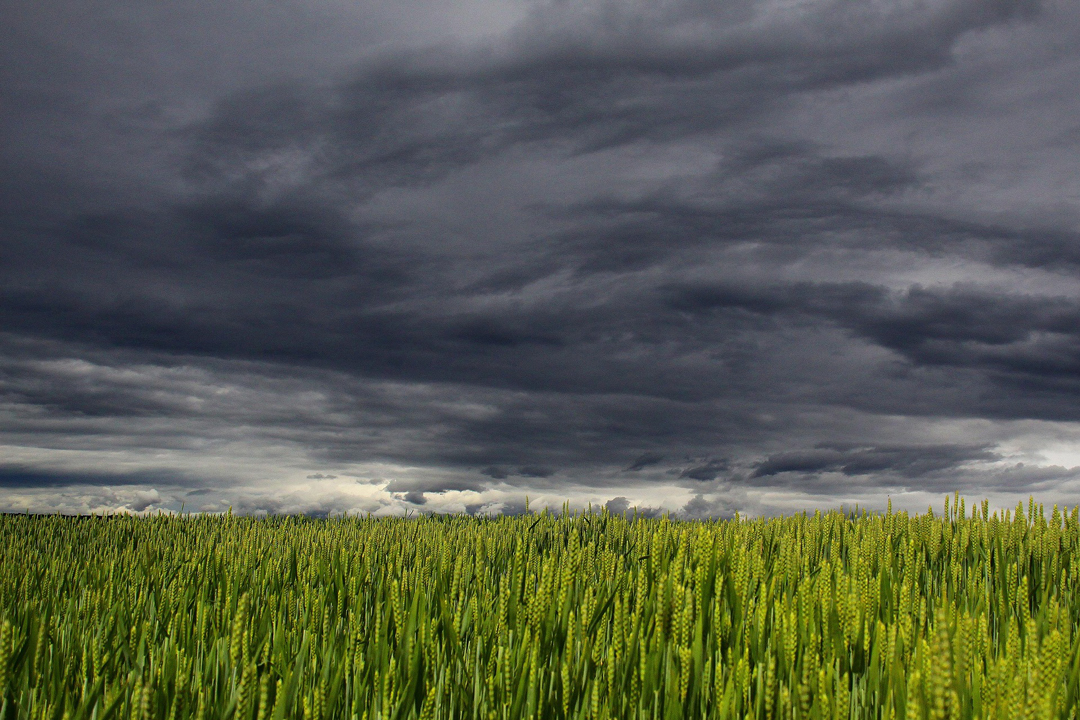MIXED RESULTS
BY PETER WATTS
The 2024 growing season was a rollercoaster for farmers, with significant variations in yield and quality from region to region and even field to field.
In a Sept. 16 Statistics Canada report, barley production was estimated to be 7.6 million tonnes based on estimated average yield of 60 bushels per acre, down slightly from 61 in 2023. However, industry believes output is likely closer to between eight and 8.5 million tonnes, down from 8.9 million tonnes in 2023. Early-season rains generated optimism, but a dry, hot July negatively impacted crops in many areas resulting in below-trend yields, though there is significant variability across the Prairies.
Drought conditions prevailed across Western Canada in April, but dry weather allowed farmers to seed early. The Prairies received widespread rain from early May through the third week of June in many regions. In affected areas, this moisture delayed seeding until early June. This created a tale of two crops: one early and one late, with the latter faring much better than the former.
A remarkable improvement, drought conditions widely ended by June 30. Farmers were cautiously optimistic as the rain stopped and temperatures climbed throughout July. Early seeded crops took the brunt of hot, dry conditions, with significant yield and quality losses evident by early August.
Rain at that time helped fill later-seeded crops, but in many areas, particularly the southern and western Prairies, the damage had been done. While some cereals were taken off at the end of July, the harvest took off in the second week of August and progressed quickly with seasonally warm weather in most areas. Some intermittent rain and heavy dew slowed progress, but farmers harvested their barley in relatively dry conditions through the middle of September.
On the plus side, pre-harvest sprout damage was much more moderate this year than last. Additional quality factors have been less positive. The 2024 crop exhibited light test weights and a low percentage of plump kernels in many regions. Both are unfavourable to maltsters, while low test weight is less desirable for cattle feeders. With higher-than-average protein levels also a factor, grain companies and maltsters have struggled to find adequate malting barley to satisfy quality parameters.
Some maltsters have been forced to look beyond traditional catchment areas to secure quality barley and will have to offer a premium over feed. However, exporters have not had to scramble for supply as they have in recent years due to soft international demand for malt and malting barley coupled with competition from countries such as Australia. This has bought time to carefully select malting barley that can be blended to meet end-user requirements.
As for malting varieties, AAC Synergy retained top spot at 33.6 per cent of total malting barley seeded area in Western Canada. CDC Copeland fell to 17.5 per cent from 22.3. AAC Connect rose slightly to 12.4 perf cent from 11. CDC Fraser and CDC Churchill also expanded in acreage as they continue to gain acceptance by domestic and international malting and brewing companies.
Domestic grain prices fell significantly from last year, which will make barley a more competitive livestock feed. This will reduce reliance on imported U.S. corn, which reached 2.7 million tonnes last year. However, those light test weights may induce discounts.
This year’s western Canadian barley crop is a very mixed bag, and many wonder if end-of-season dryness may signal a thirsty start for next year’s crop. But as we’ve seen, spring rains can quickly replenish soil moisture.
Peter Watts is the CMBTC managing director.







Comments